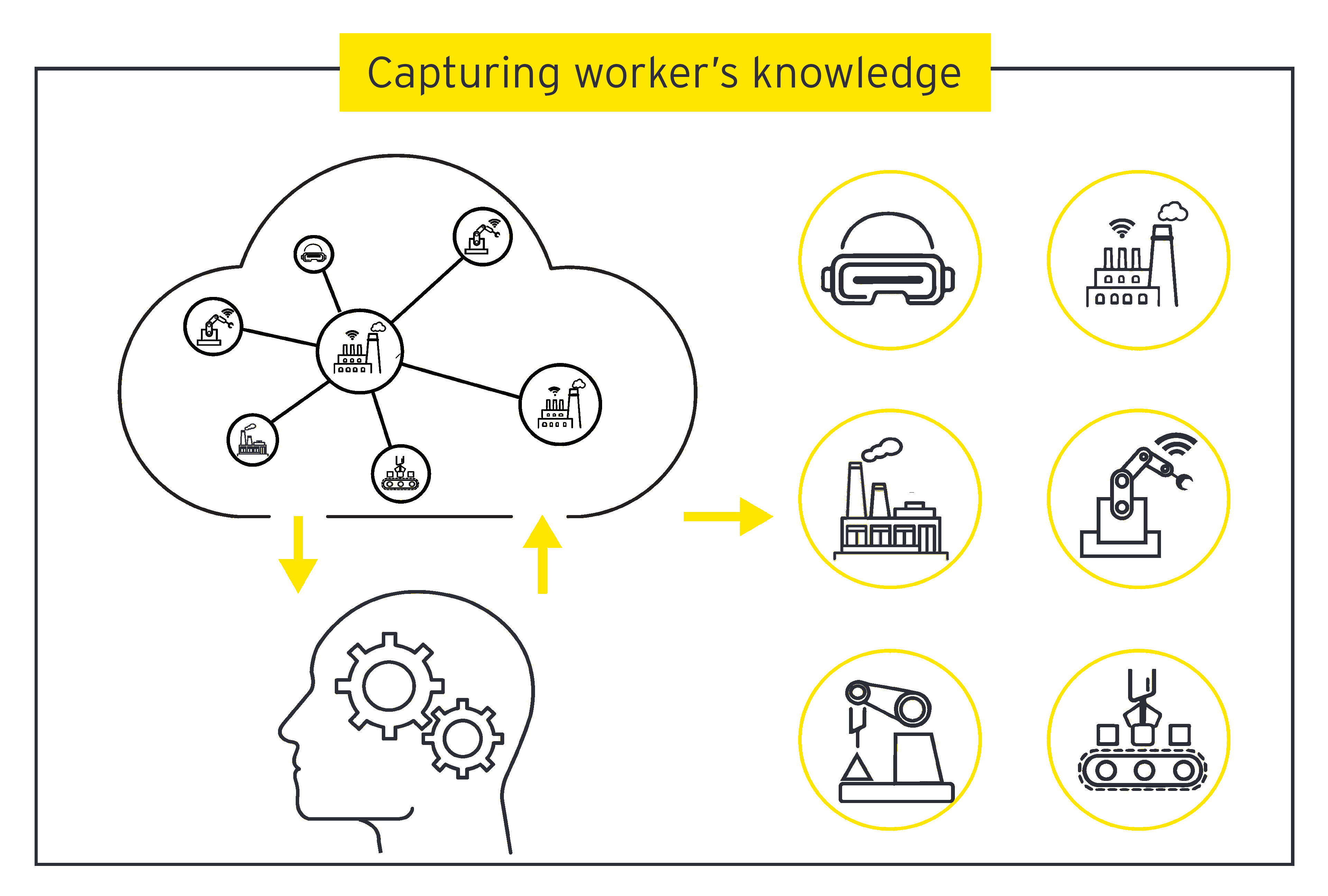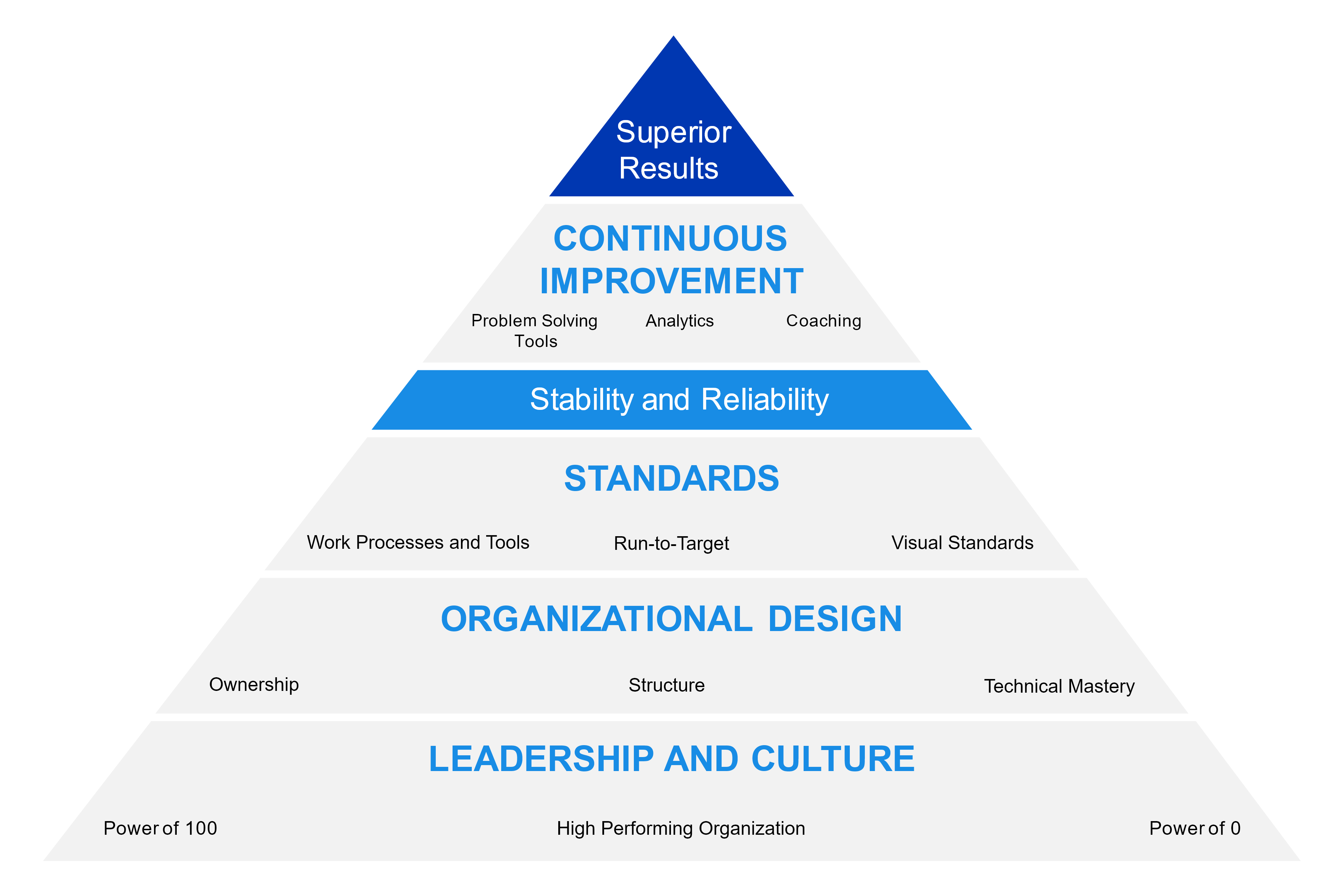Digital presents new opportunities to capture knowledge more effectively
Digital presents a massive opportunity for manufacturers to capture experienced workers’ knowledge, and to use that knowledge in conjunction with all the variable process conditions. This knowledge asset can be used to create more granular standards that enable less-experienced workers to effectively deal with the myriad changes a typical manufacturing process can experience.
With the proliferation of internet of things (IoT) sensors across the shop floor, manufacturers now have access to increasingly rich data on process, equipment conditions and performance they never had before. With that data fed into a Microsoft Azure-based platform, manufacturers can identify an event that happened at a point in time and record how experienced workers responded. In other words, it’s now possible to document in Azure that when certain measurable conditions existed, these experts recognized what was happening and reacted in a specific way because they’ve seen the same conditions thousands of times before and know what adjustments they needed to make.
When a manufacturer builds models that combine this shop floor data with the intuition of knowledge workers, it can generate truly powerful insights that are specific to the manufacturer’s own dynamic environment. That prediction and those data points can then be built into the company’s standards. Workers with less experience and intuition can use this information to understand what they should do when the data tells them they’re encountering the same situations.
The same approach benefits maintenance activities. Let’s say a manufacturer has a piece of rotating equipment that loses its set point and begins vibrating. If the equipment doesn’t have sensors that generate performance data, a maintenance worker would have to take the equipment offline and try to figure out what was wrong and fix it. A highly experienced person who’s very familiar with the equipment might be able to do that in an hour. A less-experienced worker might take three or four hours — and may end up replacing non-defective parts in a trial-and-error effort to eliminate the vibration. A standard based on the experienced worker’s approach — how he diagnosed and fixed the problem — accompanied by a video of how to do it would help less-experienced workers benefit from that knowledge (and, thus, significantly reduce the equipment’s downtime). Augmented reality glasses such as the Microsoft HoloLens could further help the worker with the maintenance procedure, ensuring compliance with standards and taking more time out of the process.
Now imagine the equipment is fitted with a variety of sensors that measure temperature, torque, resistance, voltage, pressure and other performance aspects. The data those sensors generate can enable workers to zero in on the exact cause of the vibration — for example, a pump nearing failure. Then, using a mobile device to access the Azure-housed standard and video for repairing the pump that’s based on an experienced worker’s knowledge, any maintenance person can quickly and effectively fix the pump. That’s a far better approach than a worker having to spend time poring over a paper-based manual with the pump’s bill of materials and schematic trying to figure out what to do.
Think back to the HVAC inspectors mentioned earlier. That manufacturer ultimately used digital capabilities to codify the capabilities of the maintenance workers’ finely tuned ears. By applying sensors across the equipment to measure such things as decibel levels, vibration and sound waves, the company was able to translate the hum workers listened for, into objective data that less-experienced workers could use to diagnose the equipment’s condition.




